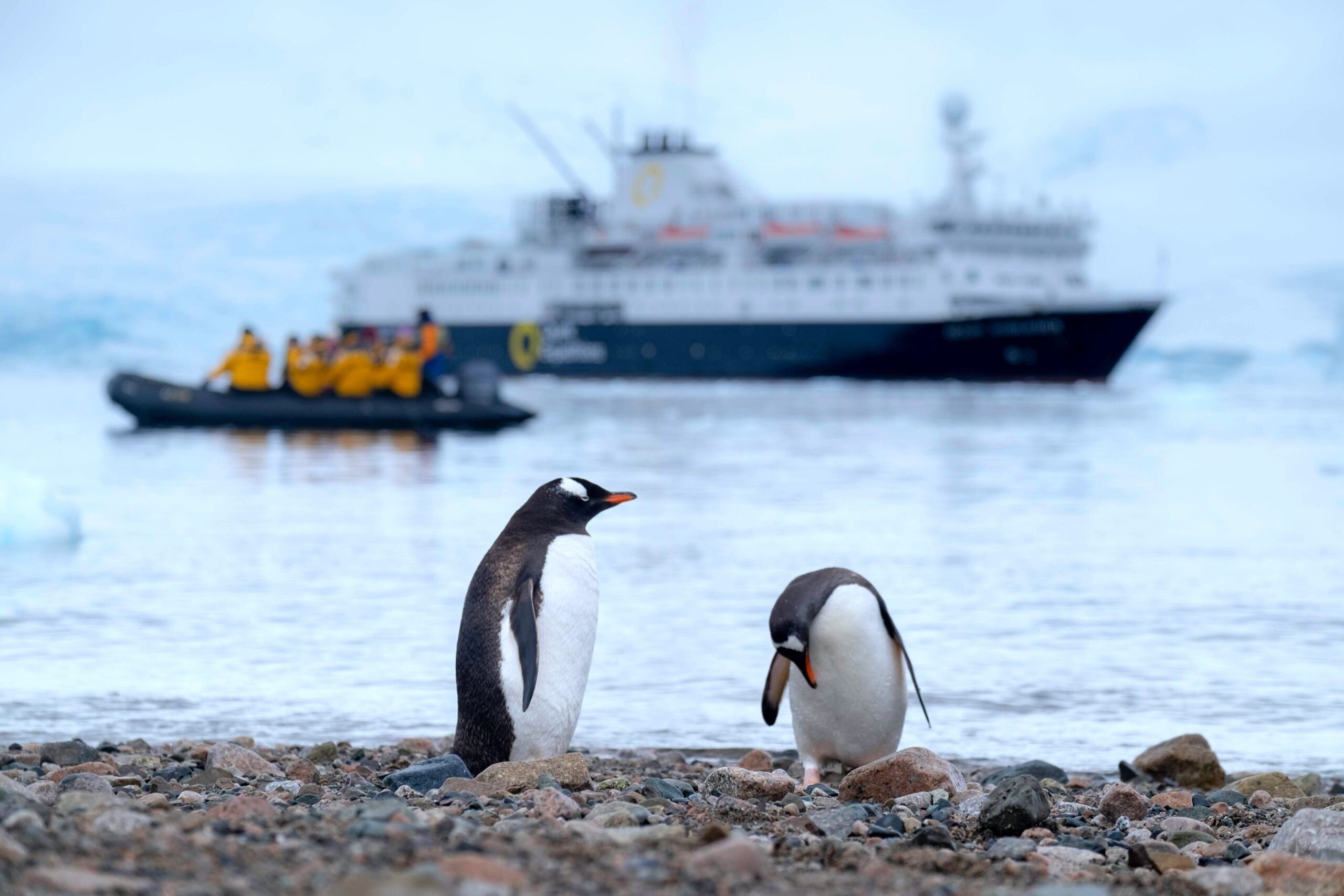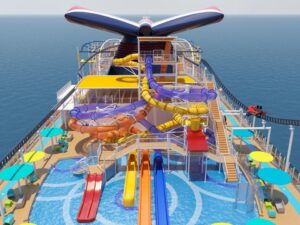Cruising to Antarctica isn’t your average vacation—it’s an expedition to one of the most remote, breathtaking, and surreal places on Earth. For many travelers, this journey is a once-in-a-lifetime adventure filled with icy landscapes, majestic wildlife, and moments that feel like something out of a dream. But cruising to the White Continent also comes with unique challenges, surprises, and practical considerations.
If you’re thinking about making your first voyage to Antarctica, here’s what you need to know to prepare, pack, and fully experience this extraordinary destination.
🧭 Why Cruise to Antarctica?
Unlike most travel destinations, Antarctica is virtually inaccessible without a ship. Cruises offer the safest, most immersive way to explore the continent, allowing you to witness towering glaciers, penguin colonies, and even breaching whales—all while staying warm and comfortable onboard.
Antarctic cruises are typically designed as expeditions, not luxury vacations (though many have upscale amenities). They emphasize education, sustainability, and a sense of exploration, often led by expert naturalists, marine biologists, and historians.
🛳️ Choosing the Right Cruise
There are two primary types of Antarctic cruises:
- Expedition Cruises (Small Ships – 100–200 passengers)
These offer the most intimate, immersive experience. Smaller ships are allowed to make landings in more places, and fewer guests means more opportunities to explore off the ship by Zodiac boats or on foot. - Scenic or Luxury Cruises (Larger Ships – 500+ passengers)
These may provide more amenities but have limited shore access due to international regulations. You’ll get incredible views from the deck, but fewer opportunities to walk among penguins or kayak past icebergs.
Popular Departure Ports:
- Ushuaia, Argentina (most common)
- Punta Arenas, Chile
- Occasionally from New Zealand or Australia (longer, more expensive)
📅 Best Time to Cruise to Antarctica
The Antarctic cruise season runs from November to March, during the Southern Hemisphere’s summer:
- November–Early December: Fewer travelers, pristine snowy landscapes, courtship behavior among penguins.
- Mid-December–January: Peak wildlife activity, chicks hatching, longer daylight hours.
- February–March: Best time for whale watching, ice melt allows deeper exploration.
🧊 Crossing the Drake Passage
Prepare for the infamous Drake Passage, the 2-day sea stretch between South America and Antarctica. It can be either:
- The Drake Lake (calm and smooth)
- The Drake Shake (rough and rocky)
If you’re prone to motion sickness, talk to your doctor about medications like scopolamine patches or meclizine. Modern expedition ships are equipped with stabilizers, but it’s best to be prepared.
🐧 What You’ll See
Antarctica is one of the last truly untouched ecosystems. Expect:
- Penguins (Adélie, Chinstrap, Gentoo, and sometimes Emperor)
- Seals (Weddell, Leopard, Elephant)
- Whales (Humpback, Minke, Orca)
- Birds (Albatrosses, Petrels, Skuas)
- Massive glaciers, icebergs, and surreal blue ice formations
Landings and activities vary by cruise, but common experiences include:
- Zodiac excursions
- Guided hikes and snowshoeing
- Kayaking
- Polar plunges (for the brave!)
- Educational lectures and photography workshops
🎒 What to Pack
Packing for Antarctica requires planning, but most cruise lines provide waterproof boots and outer parkas. You’ll need:
Essentials:
- Waterproof pants and gloves
- Thermal base layers (top and bottom)
- Fleece or down mid-layers
- Wool socks and beanie
- Sunglasses (glare off snow is intense)
- Sunscreen and lip balm (yes, really!)
- Dry bags or waterproof backpacks
- Seasickness meds
- Binoculars and camera with zoom lens
Optional but helpful:
- Reusable water bottle and mug
- Travel journal
- Reading material for sea days
- Swimsuit (for the polar plunge or onboard hot tub)
🌱 Sustainable Travel Considerations
Visiting Antarctica is a privilege that comes with responsibility. All cruise operators must adhere to strict environmental guidelines under the International Association of Antarctica Tour Operators (IAATO).
You’ll be briefed on rules like:
- Not approaching or disturbing wildlife
- Cleaning boots to prevent invasive species
- Carrying nothing ashore and leaving nothing behind
Travelers are expected to treat this fragile environment with respect and mindfulness.
💡 Final Tips for First-Timers
- Expect the unexpected: Weather can change fast, and landings may shift day-to-day.
- Unplug and enjoy: Internet access is limited (and expensive). Embrace the digital detox.
- Learn from the experts: The onboard lectures are fascinating and help deepen your appreciation for what you’re seeing.
- Keep a flexible mindset: This isn’t a cruise for rigid schedules or nightlife. It’s about awe, quiet, and wonder.
🚢 The Journey of a Lifetime
An Antarctic cruise isn’t about checking a box—it’s about experiencing the humbling power of nature and realizing how small we are in the best way possible. Whether it’s your first expedition or your hundredth adventure, this icy continent leaves its mark on everyone who visits.



